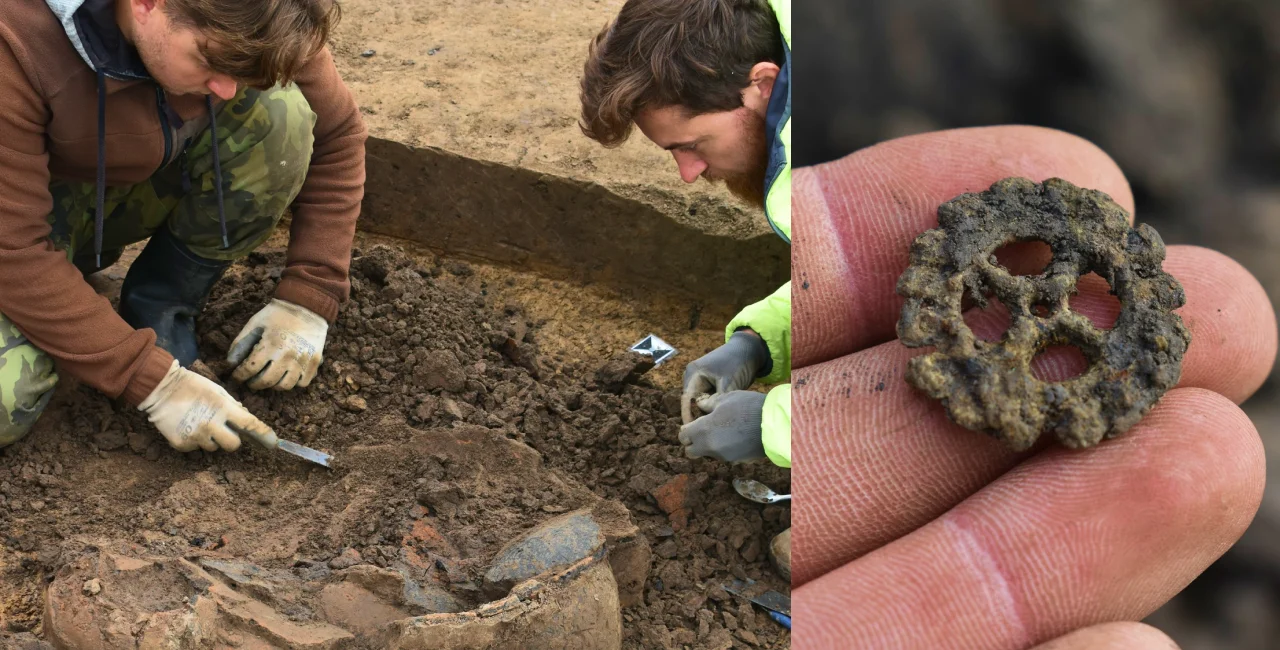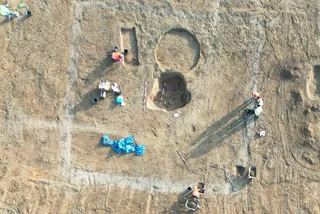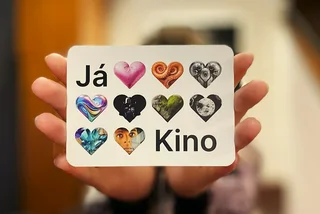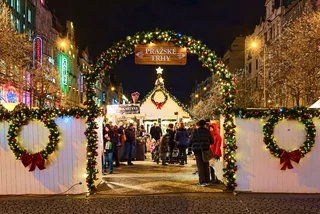Archaeologists have uncovered a vast Celtic settlement near Hradec Králové, along the planned route of the D35 motorway, in what experts are calling one of the most significant archaeological finds in the Czech Republic’s history.
A rare glimpse into Celtic civilization
Dating back more than 2,200 years to the La Tène period, the settlement is linked to the Boii tribe—the Celtic people after whom Bohemia is named. It covers approximately 25 hectares, or 250,000 square meters, making it one of the largest known sites of its kind in the region.
“This is undoubtedly a very important site with economic and social functions,” Ladislav Rytíř, head of archaeological field research at the University of Hradec Králové, told Czech Television.
The peak of the settlement’s activity dates to the 2nd century BCE. It disappeared in the 1st century BCE under still-unclear circumstances, though archaeologists have found no signs of violent destruction.
KoneÄnÄ›! :) Archeologové zveÅ™ejnili fotky ze sÃdliÅ¡tÄ› Keltů na Královéhradecku.https://t.co/TLXzT7H4K9https://t.co/3sPrDbiCA5 pic.twitter.com/KQMEbjiIgf
— ÄŒeskem bez auta (@AstronomiconEu) July 3, 2025
Ancient artifacts: coins, ceramics, and amber
Archaeologists have uncovered around 13,000 bags of artifacts—far surpassing discoveries from better-known sites. These include gold and silver Celtic coins, coin molds, luxury ceramics, and fragments of metal vessels and mirrors.
“The coin collection and evidence of coin production are well beyond what we’d expect from a typical settlement of the time,” Rytíř said. “This suggests it played a central commercial, manufacturing, and administrative role in the wider region.”
Additional finds include dwelling foundations, manufacturing facilities, and possibly two sanctuaries. Researchers also discovered Baltic amber, confirming long-distance trade links via the famed Amber Road, which connected the Baltic and Mediterranean regions.
A crossroads of ancient trade
Experts believe the settlement was a supra-regional trade and production center connected to distant parts of Europe. Artifacts point to interactions with the Roman Republic, Western Europe, the Central Danube, and Southeastern Europe.
The volume and diversity of the finds underscore the settlement’s importance. In terms of coin discoveries, it ranks second in the Czech Republic, just behind the open agglomeration at Němčice nad Hanou in the Olomouc region.
Preserved by time, revealed by department
The site’s remarkable preservation is partly due to its isolation from modern agriculture and illegal treasure hunting. “This discovery is exceptional because the settlement was almost undisturbed by plowing or unauthorized metal detecting,” said Rytíř.
In fact, amateur metal detectorists played a crucial role in the dig—under close supervision. “We worked with them for three years, selecting about a dozen from a pool of 300 applicants,” said Holas. “Their systematic work helped us cover the site thoroughly.”
A long road ahead for research
Although the excavation began in 2024, archaeologists say the real work is just beginning. It will take years to analyze the skeletal remains, structures, and thousands of artifacts in detail.
“This is a rare opportunity to study an ancient society with exceptional clarity,” Holas said. “It could reshape our understanding of early European trade, urbanization, and the Celtic presence in Central Europe.”
Researchers from the University of Hradec Králové, the Museum of Eastern Bohemia, and Archaia Praha are now preparing to collaborate with institutions across Europe to study the findings.












 Reading time: 2 minutes
Reading time: 2 minutes 




























